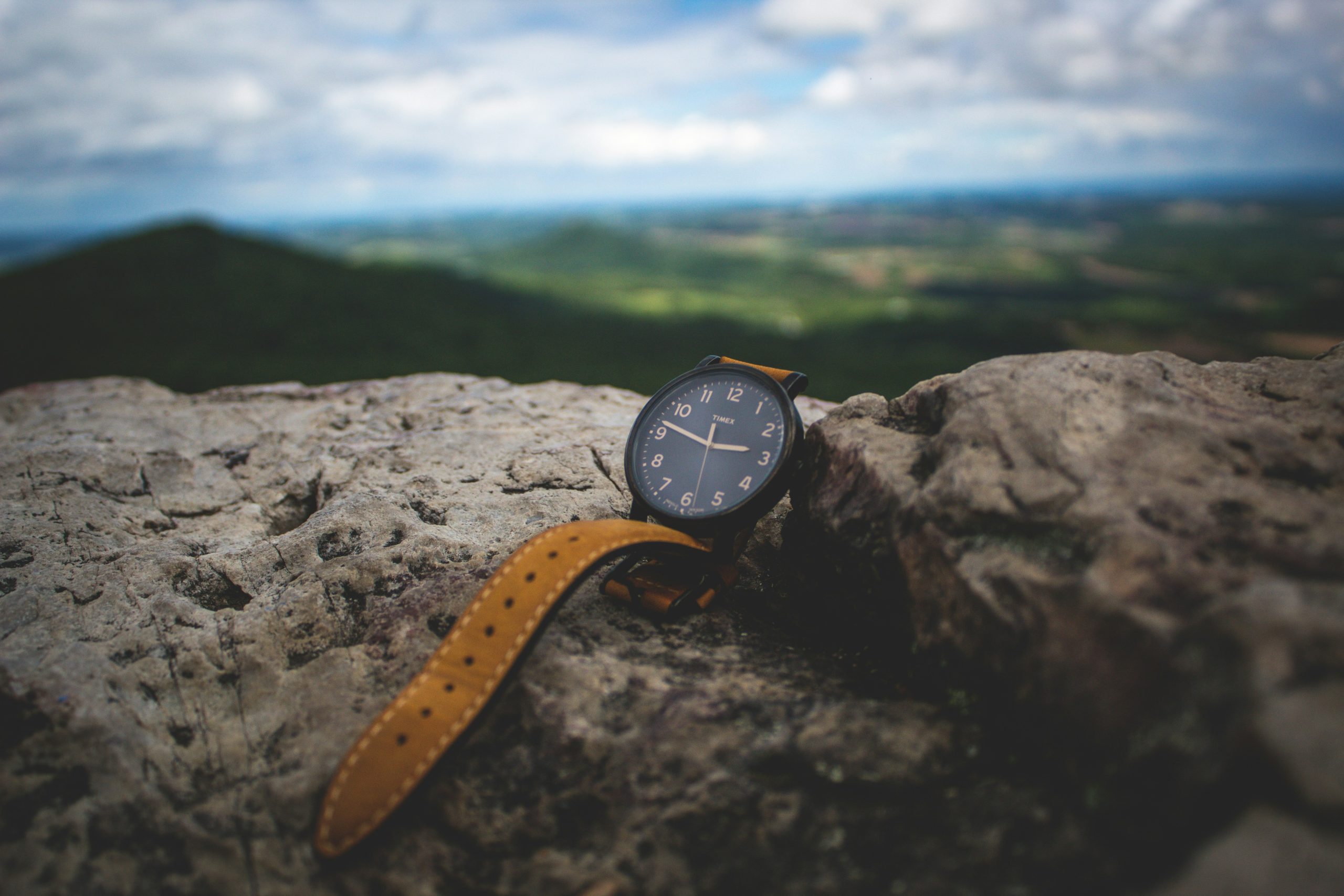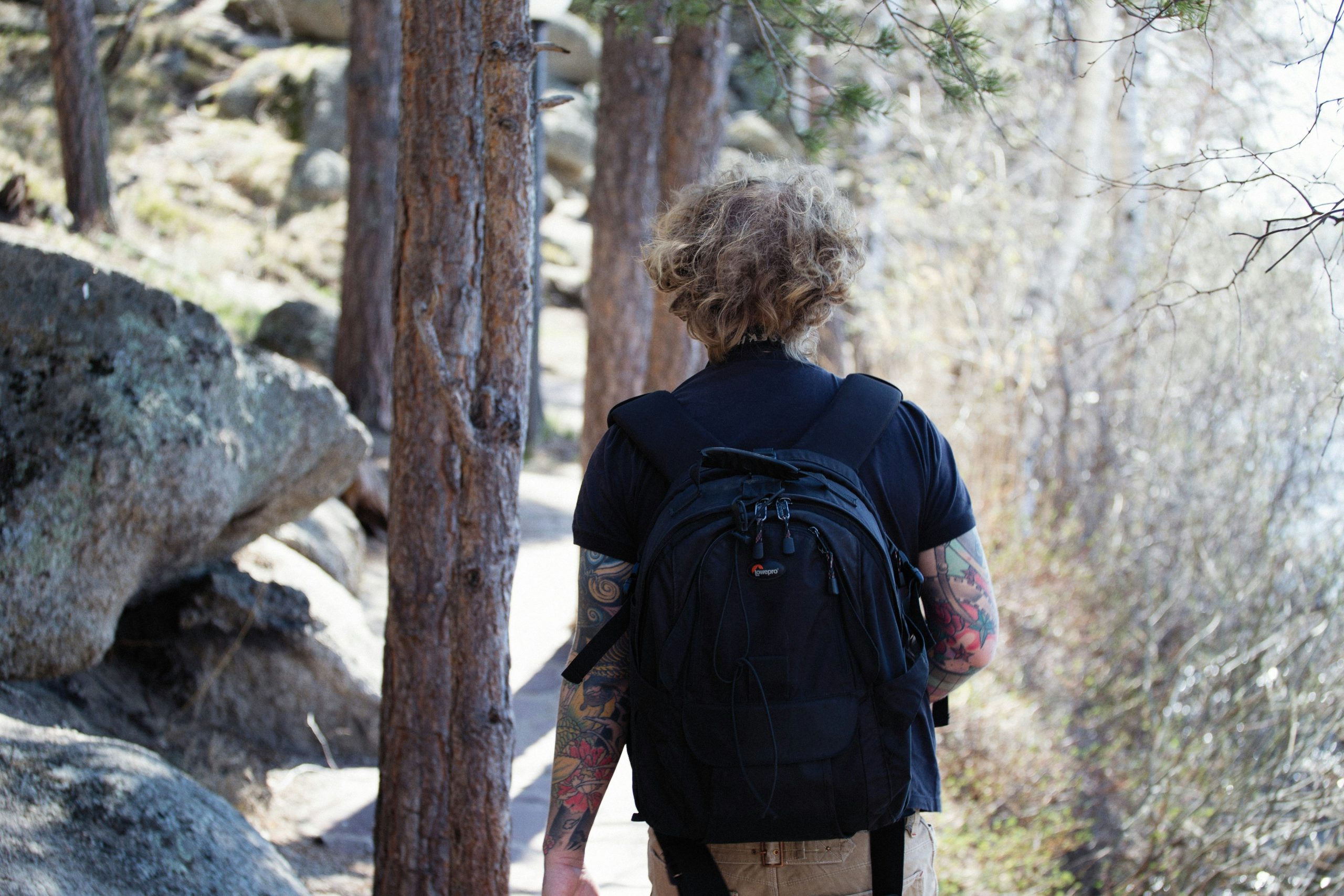You know that sinking feeling when your phone dies halfway up a mountain, leaving you clueless about elevation and weather? Yeah, us too. The best hiking watch isn’t just a gadget—it’s your trail companion. But finding one loaded with features like an altimeter, GPS, and durability can feel like climbing Everest without oxygen.
This guide dives into everything you need to know about the best hiking watches (yes, even the ones with altimeters). You’ll learn how they work, which models crush it in 2024, and tips to make yours last longer than your last granola bar.
Table of Contents
Key Takeaways
- A great hiking watch should have an altimeter, barometer, compass, and GPS.
- Battery life and water resistance are non-negotiable for backcountry adventures.
- The “best” depends on your budget and whether you prioritize tech or simplicity.
Why Do I Even Need a Hiking Watch?
“Optimist You: Can’t I just use my phone?” Sure, until it runs out of juice or shatters after three drops.
Grumpy Me: “Here’s why you actually need this thing…”
Hiking is unpredictable. Altimeters help track elevation changes, while other sensors monitor weather shifts. Plus, dedicated watches are tougher than your smartphone—built for mud, rain, and extreme temps.

This diagram breaks down what makes a hiking watch tick. Source: OutdoorGearLab.
How Do I Pick the Perfect One?
Step 1: Prioritize Key Features
Start by asking:
- Do I climb mountains? Then an accurate altimeter matters.
- Long hikes? Battery life better be top-notch.
- Frequent swims/crossings? Waterproof rating FTW.
Step 2: Set a Budget
Luxury options might run $500+, but solid mid-tier models hover around $200-$300. Don’t splurge unless you’re ready to embrace all the bells and whistles.
Step 3: Test Fit & Feel
Your wrist shouldn’t hate you. Try them on if possible—or check reviews for comfort feedback.
Top Picks for 2024
1. Garmin Fenix 7X – The Swiss Army Knife Option
Pros: Loaded with features, rugged design, stellar battery life.
Cons: Pricey. Truly, chef’s kiss expensive.
2. Coros Vertix 2 – The Long-Distance King
Pros: Epic battery life (up to 60 days!), built-in maps, and insane durability.
Cons: Less intuitive interface compared to Garmin.
3. Suunto 9 Baro – The Versatile Performer
Pros: Great balance of price and functionality.
Cons: No color screen option. Boooooring.

These top contenders offer serious bang for your buck. Credit: GearJunkie.
Pro Tips to Keep It Alive Longer Than Your Socks
- Clean It! Dirt buildup kills accuracy.
- Charge Wisely. Avoid overcharging; stick to full cycles.
- Calibrate Sensors. Especially before big trips.
Case Study: Sarah’s Epic Backpacking Trip
Sarah used her Coros Vertix 2 during a weeklong solo trek across the Rockies. With offline maps and precise altimeter readings, she navigated safely despite dense fog. Moral of the story? Invest wisely!
Frequently Asked Questions
Is a smartwatch as good as a hiking-specific model?
Nope. Smartwatches prioritize apps—not ruggedness or specialized tools like barometers.
Does brand matter?
Not always, but brands like Garmin and Coros lead in reliability.
Can cheap watches still get the job done?
Sadly, no. Budget versions often skimp on durability and accuracy.
Final Thoughts
Finding the best hiking watch isn’t rocket science—it’s mountaineering science. Whether you go luxe with a Garmin or practical with a Suunto, remember that the right watch keeps you safer, smarter, and more prepared. So lace up those boots and take the plunge!
Oh, and here’s a bonus haiku because nature loves poetry:
Summits whisper low, Altimeter clicks upward, Peak awaits your step.

